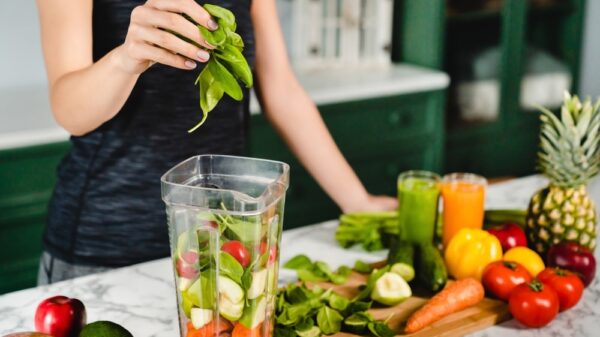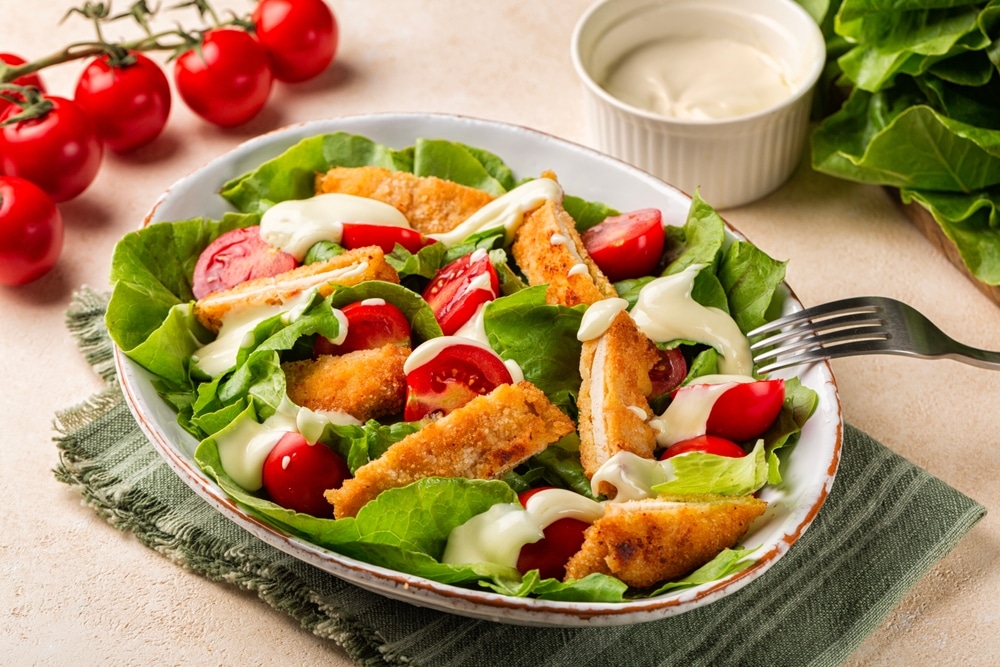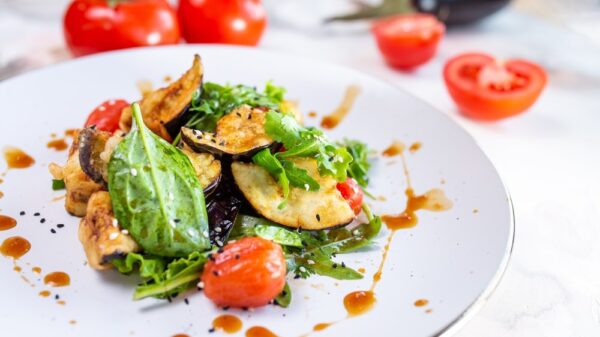A great dressing can either elevate a salad to new culinary heights or leave it feeling flat and uninspired. If you’ve found yourself thinking that salads are boring, it might be time to take a closer look at the ingredients you’re using, particularly the dressing. Many of us rely on bottled dressings that often underdeliver, missing the mark on flavor and freshness. The art of crafting your own dressing from scratch isn’t just rewarding; it opens the door to a world of possibilities. However, it’s easy to fall into common traps that can thwart your efforts and discourage you from embracing this delicious endeavor.
One of the biggest mistakes is sticking with traditional, ubiquitous vinegars like white or apple cider vinegar. While these familiar staples have their place, they can quickly lead you into a flavor rut. Imagine swapping your standard vinegar for balsamic—a versatile choice that introduces a delightful sweetness, transforming even the simplest green salad into something truly special. Or consider red wine vinegar, which adds a bold, piquant kick that pairs perfectly with a salad featuring grilled vegetables or robust proteins.
The exploration of different vinegars can feel like unearthing hidden gems in your pantry. Have you tried rice vinegar? Its gentle sweetness beautifully complements Asian-inspired salads, creating a vibrant and refreshing experience. Or how about champagne vinegar? Its delicate tang can elevate homemade dressings to gourmet status, leaving your taste buds tingling. Embrace the adventure of experimenting with various vinegars—it can rekindle your enthusiasm for salads and turn them into a meal highlight rather than an afterthought.
Now, let’s talk about the pleasure of making your dressings. Customizing flavors to suit your palate can be a game-changer. Imagine finding that perfect combination that makes you ditch bottled salads for good while bringing a fresh zest to your kitchen. A dressing tailored to your taste isn’t just about flavor; it’s about reclaiming ownership of your meals and enjoying the process of creating something entirely your own.
When considering the right vinegar, you might first think of the basic options, but glossy flavors await just beyond your comfort zone. Think about white wine vinegar—it brings a subtle yet intricate flavor that lets your salad ingredients shine. It’s an ideal partner when you want a dressing that balances and enhances without stealing the spotlight. Conversely, red wine vinegar delivers a richer depth and can elevate simple greens to something unforgettable. And let’s not forget about balsamic vinegar. Its luscious, complex profile is perfect for pairing with roasted vegetables or creamy cheeses and can add a luxurious touch to your salad experience.
Then, there’s the beloved cider vinegar. While it’s a common choice for many cooks because of its fruity undertones, it’s sometimes better in moderation. If you’re seeking a truly refreshing twist, raspberry vinegar might become your new best friend, lending a burst of juicy flavor to your greens. And for those times when you’re inspired by East Asian cuisine, reach for the rice vinegar. Its mild sweetness effortlessly melds with a variety of ingredients, making it a wonderful choice for a light salad side.
Don’t overlook the critical vinaigrette oil-to-vinegar ratio, which can make or break your dressing. The traditional formula is simple: three parts oil to one part vinegar. Picture it: for every three tablespoons of olive oil, add just one tablespoon of your chosen vinegar. But here’s the fun part—feel free to adjust it! If you prefer a little more acidity, try a two-to-one ratio. Conversely, if you enjoy richness, work with four parts oil to two parts vinegar. At the end of the day, it’s about what your taste buds crave.
One of the trickiest aspects to master is achieving that coveted emulsion—a silky blend of oil and vinegar that feels harmonious and cohesive. It sounds simple, but without careful attention, you risk ending up with a separated, watery mess. To avoid that, pour your oil slowly while whisking vigorously. It’s a lovely little dance—it’s about the rhythm of adding oil as you whisk to create a luscious whirlpool of flavor. Another great tip is to introduce an emulsifying agent like mustard, which helps keep everything together. Feeling adventurous? Adding an egg yolk can create a rich creaminess in your dressing, but make sure that everyone at your table is comfortable with raw eggs.
If your dressing does split, don’t panic! A good shake or a quick whisk can often bring it back to life. If you’re working with a fancier emulsion, blending a teaspoon of lemon juice with a small amount of the dressing can help reintegrate the mixture.
One common misstep to watch out for is the sweetness factor in your dressings. It’s easy to overdo it with sugars, honey, or maple syrup, turning your dressing into a sugar-laden concoction rather than a zesty enhancement. Always taste as you go. Just because a recipe suggests a specific amount of sweetener doesn’t mean you need to follow it blindly. And when you find it’s a bit too sweet? A pinch of salt can work wonders to balance that flavor. Instead of simply tossing in salt, though, consider incorporating rich, flavorful ingredients like miso, capers, or even crumbled cheese to add depth.
Creating your own salad dressings can feel both like an art and a science. Embrace your creativity and let it flow. Every salad deserves a dressing that sings with flavor. So, roll up your sleeves, experiment, and soon enough, you’ll have unique concoctions that you’ll love and delight in sharing! Your salads will take on new life, with exciting flavors that inspire you to reach for those greens again and again.


















